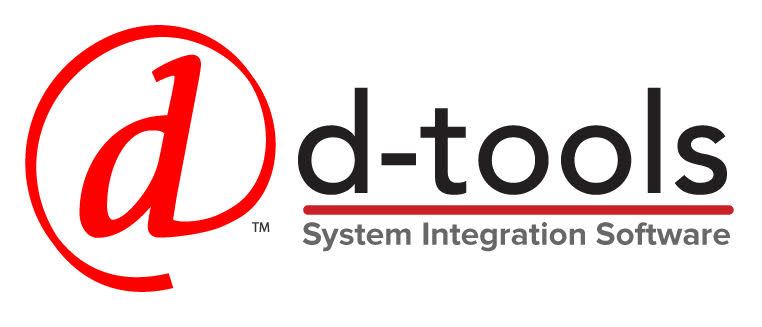D-Tools, Inc., has announced the availability of System Integrator version 17, which adds long-awaited functionality and reporting capabilities across its end-to-end solution. Valuable new enhancements help businesses better track employee utilization, project performance, and key financial metrics.
“Expanding SI’s project time tracking capability to a comprehensive timekeeping module enables detailed and accurate job costing. With precise job costing, SI can auto-generate labor utilization reports, calculate revenue earned, and displays overall backlog,” said Randy Stearns, CEO of D-Tools. “At the request of customers, we’ve also made key improvements to catalog management, component ID naming conventions, and the Gantt chart, enhancements that will put a smile on the face of power users and new users alike.”
Beyond tracking time associated with a given task, D-Tools SI now offers comprehensive timekeeping functionality. Timesheet data can be exported for payroll purposes, but more importantly, it can be used to track actual vs. budgeted labor hours and labor costs, which provides a number of downline benefits.
New views in Business Analytics based on approved timesheet entries provide an instant understanding of project status and team performance, while providing better tools for effective decision-making. Job Costing allows integrators to track actual project costs on labor and equipment for revenue recognition purposes, providing visibility into whether a given project is on budget. Job cost analysis can be viewed by project and by phase.
Labor Utilization Reports display billable vs. non-billable hours, and can be viewed individually by employee or collectively by labor type in an effort to monitor and maximize team performance. Project Revenue calculates revenue earned on a project-by-project basis within a chosen date range, while Backlog calculates the revenue yet to be earned for a given project, a group of projects, or across all active projects.
Manufacturer Aliases match up data in cases where variants exist in a manufacturer’s name between your product catalog, vendor price lists, the D-Tools Product Library, and other data sources, preventing errors and redundancies when updating your catalog, and making it substantially easier to merge data from multiple sources. Similarly, default phases in the D-Tools Product Library can now be mapped to user-created phase names to avoid the need to overwrite them.
With the ability to customize component IDs relative to the number and size of the parts and use of separators, SI users can now develop labeling schema that meets their unique preferences, or as may be mandated by a project, specifier, or industry standard. Every catalog entity including products, packages, labor items, and more can now have its own Component ID format.
Improvements to Gantt chart functionality—including the ability to move or copy Planning Tasks, export to Excel to better enable sharing, and quickly edit tasks and start/end dates in the Gantt View—allows project managers to better map out project execution details. In addition, there is a new option to select the date when adding or inserting Planning Tasks.
New Scope of Work reports and instructions help improve communication of a project’s intent and requirements to technicians, project managers, and engineers. Plus, Hyperlink Custom Fields added to products, projects, tasks, service orders, and service plans allow users to add links to save time and gain immediate access to web pages, product information, or project documentation.
